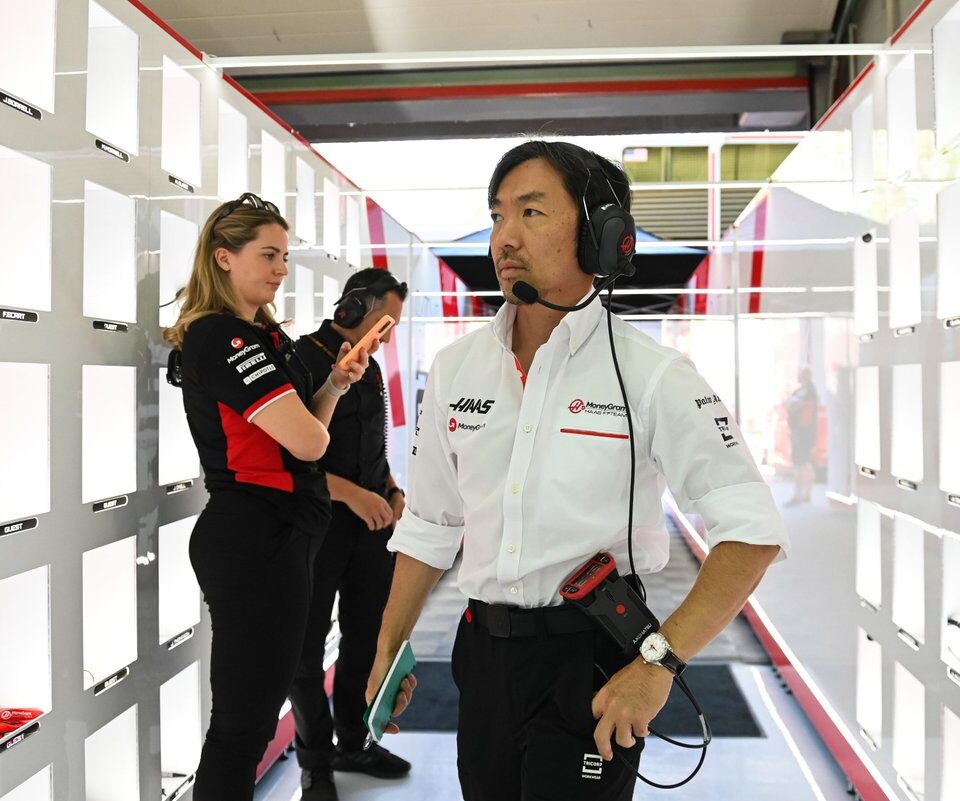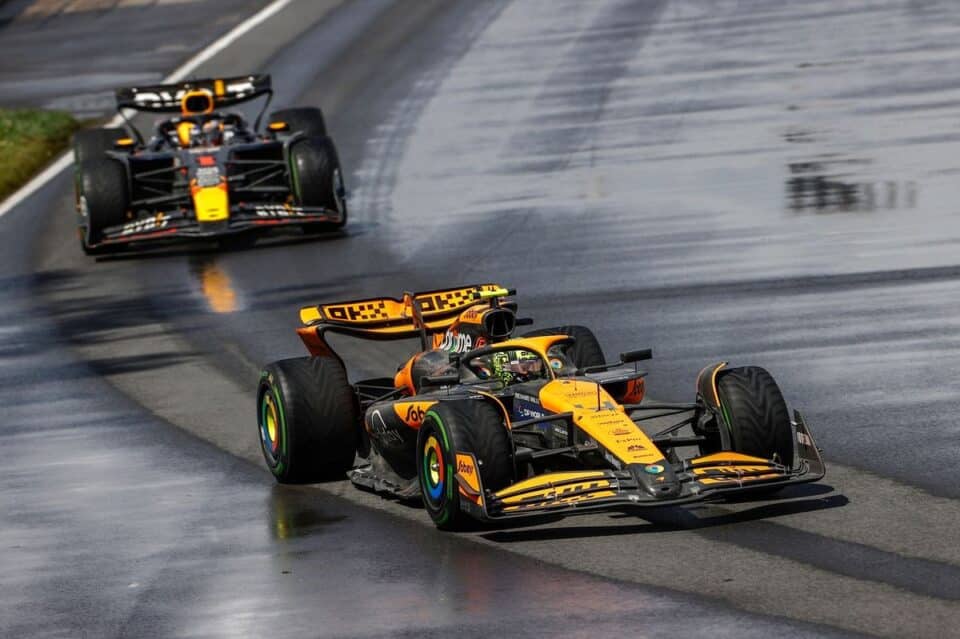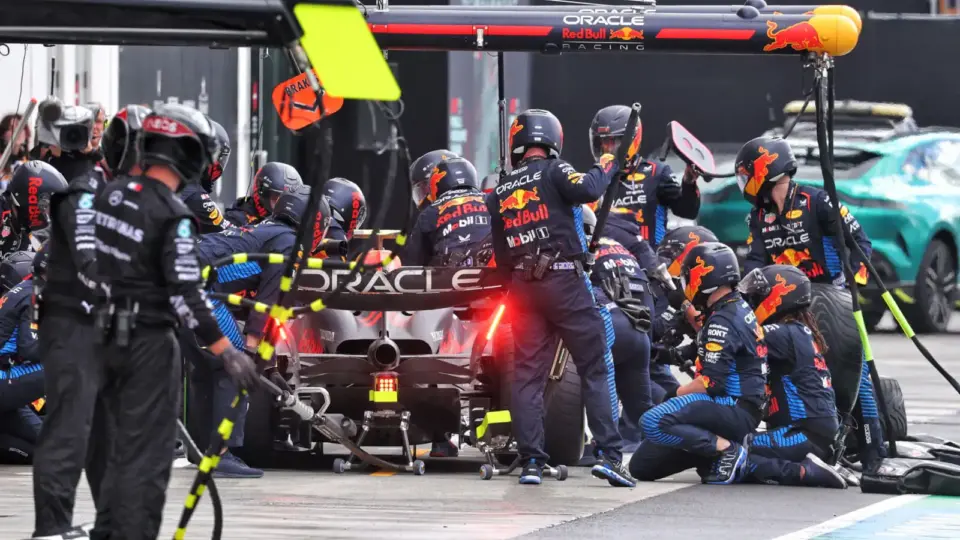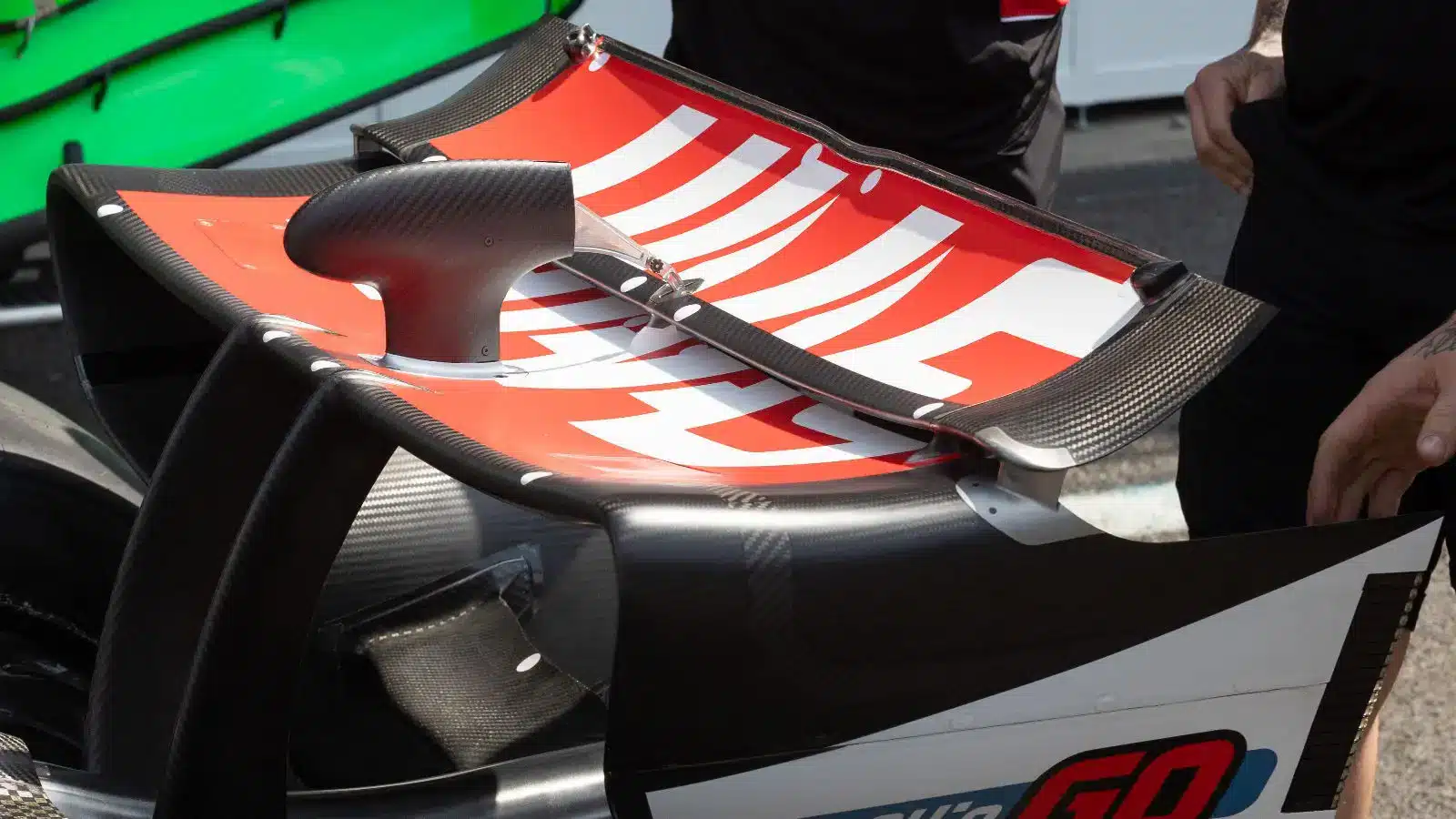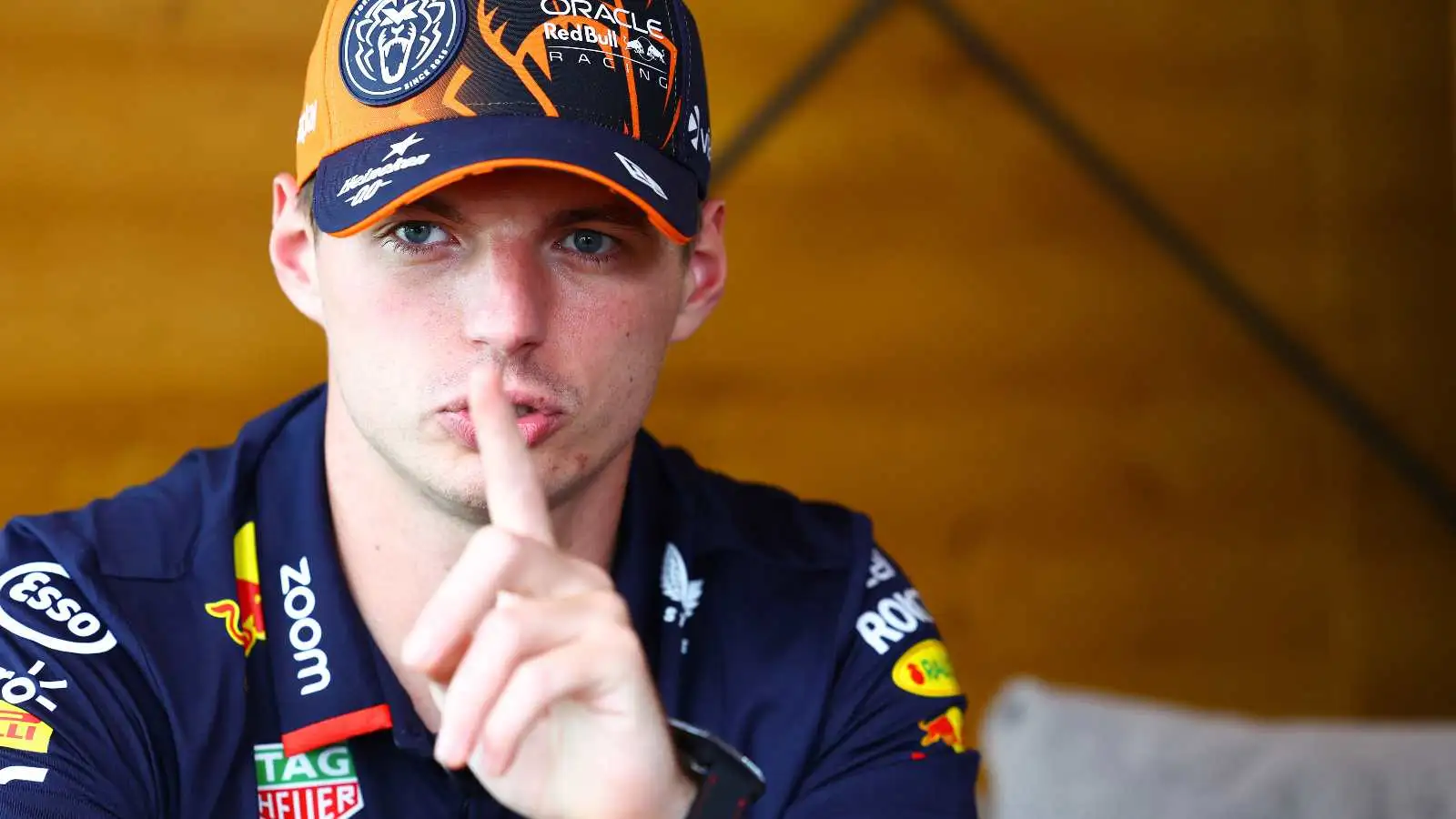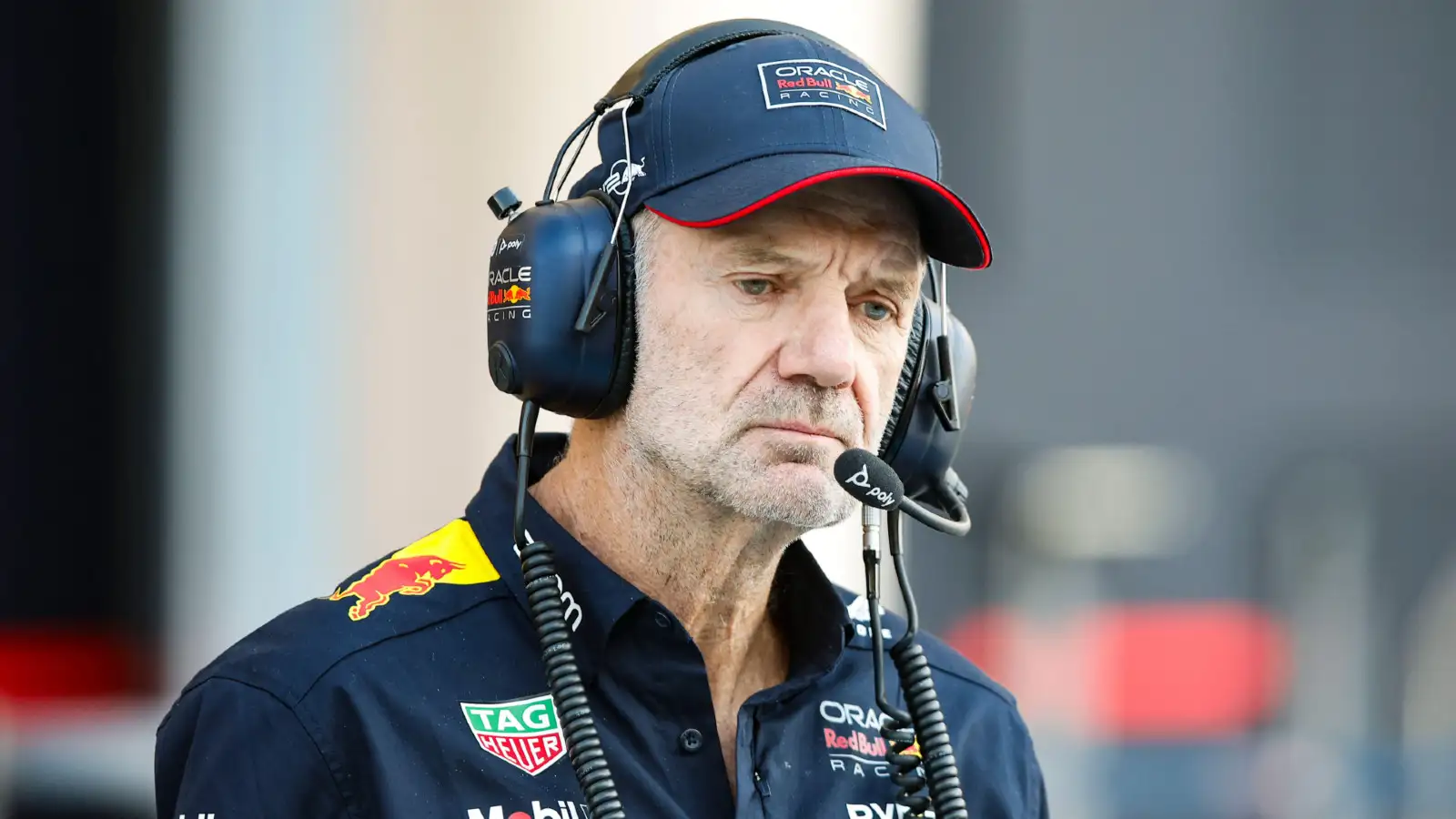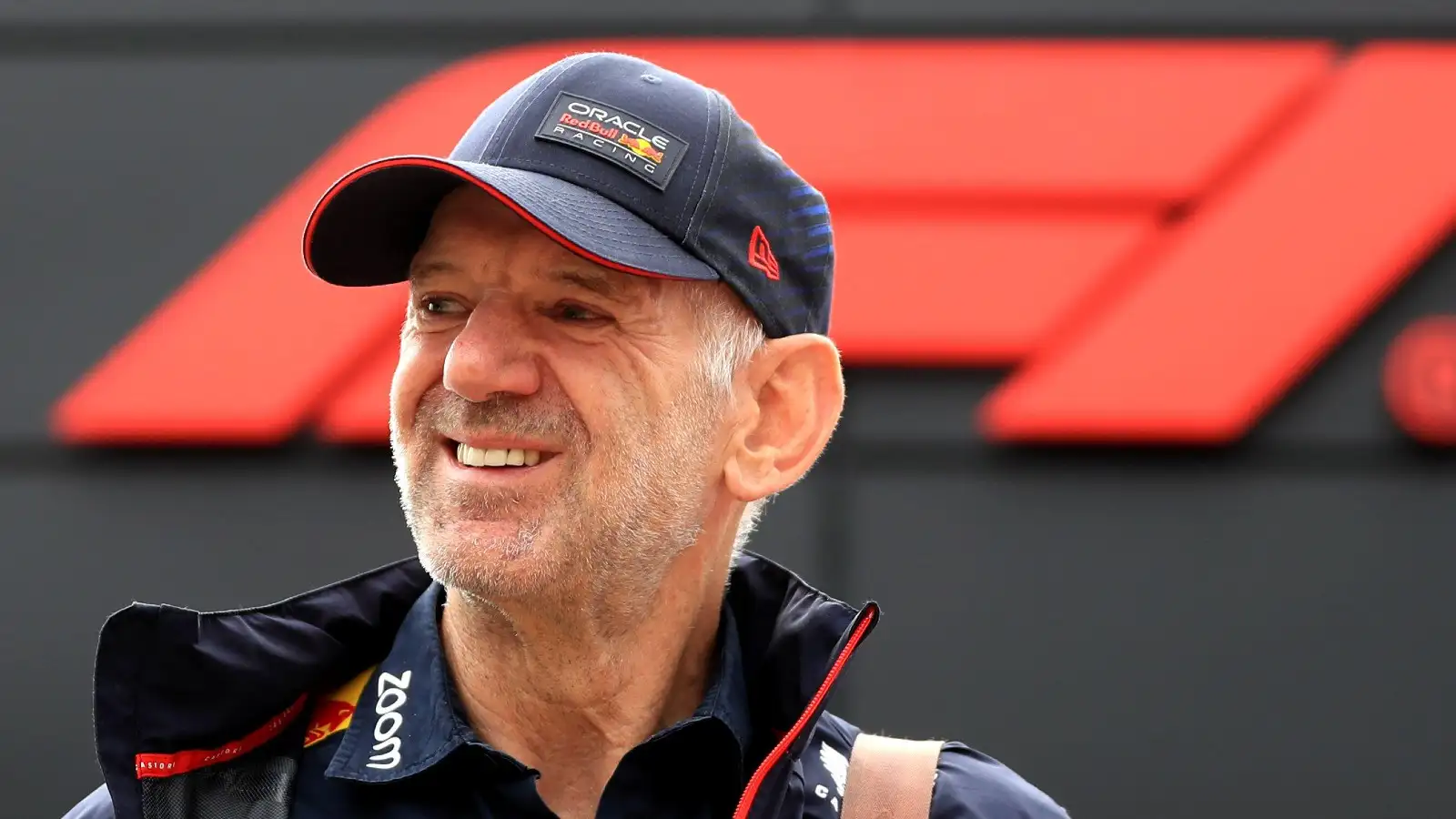In 2024, the Haas Formula 1 team underwent a significant transformation, steering away from the days under Guenther Steiner and bringing Ayao Komatsu to the forefront. Gene Haas, dissatisfied with the team’s stagnation and a lackluster 10th place finish with a problematic car, decided it was time for a change.
Komatsu, known for a more engineering-centric approach, took charge and immediately began restructuring the technical team. Damien Brayshaw was promoted to Head of Vehicle Performance, mirroring roles in other top teams. Simone Resta, a Ferrari loanee, was replaced by Andrea De Zordo, a move that showcased Komatsu’s faith in internal talent.
Komatsu emphasized the importance of making team members feel secure and transparent communication. ‘It’s okay [to make mistakes], and just be open, transparent. That’s the most important thing,’ he remarked during the Monaco Grand Prix. This approach manifested in a healthy meeting culture where team members openly discussed issues without defensiveness.
However, the transition wasn’t without hiccups. A communication error led to the Monaco-spec rear wings failing scrutineering due to incorrect DRS openings. Komatsu saw this as a learning moment for the team to be more accountable and diligent.
‘If the designers had made it absolutely clear that the design intention was slightly different from the wings you have been using before, so you have to check it in this way, that would have helped,’ Komatsu explained. The incident underscored the necessity of effective communication and accountability within the team.
Improved communication between Haas’s different hubs has been pivotal. De Zordo noted, ‘Honestly, I’m quite enjoying now how we’re working. Home with trackside, Maranello with Banbury, we speak a lot more. We do a lot more meetings together.’ This open dialogue has allowed Haas to stay on top of its car projects rather than constantly playing catch-up.
Brayshaw acknowledged that while the new structure came with initial challenges, the increased flow of information had already shown benefits. ‘We’re still trying to come to grips with how that all works, everyone getting to know each other. But there’s been a big focus on effectively communicating amongst other departments,’ he said.
The VF-24, a solid platform created under Steiner’s previous structure, has allowed Haas to exploit its intrinsic pace and stay competitive for points. Komatsu is pushing for an aggressive upgrade path to keep up with rivals, with the team ahead of Sauber and Alpine but aware of the need to maintain this edge.
‘Ayao was very keen to aggressively develop the car because we see everybody else is progressing,’ Brayshaw explained. ‘We’ve got a very efficient car and that’s been a really positive step over the winter. The intention is try not to lose that, and then add load.’ The team is planning another significant update within the upcoming races.
Accountability remains a cornerstone of Komatsu’s leadership. ‘If the car’s not working, somebody has to be able to answer questions but equally demonstrate what we are trying to do to solve this problem,’ Brayshaw concluded. This culture of responsibility and continuous improvement is setting the foundation for Haas’s new era.
Under the leadership of Ayao Komatsu, Haas is navigating a cultural shift towards transparency, accountability, and improved communication. The team’s restructuring and aggressive development strategy aim to break old patterns and set a new course for competitiveness in Formula 1. While challenges remain, the groundwork for a stronger, more cohesive team is well underway.
Source: Motorsport
